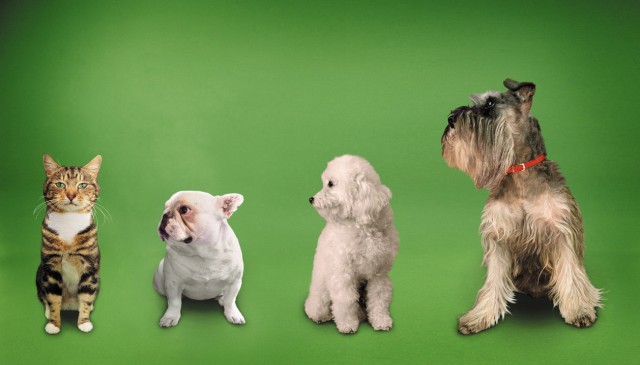Young children notice difference. As they try to make sense of their world, they pay attention to regularity and irregularity, what is familiar and what is not. And there is no judgment involved, just recognition of difference. Truth be told, most people notice difference. It’s no big deal, or it shouldn’t be, anyway. Problems arise when difference is viewed as unacceptable. I know many adults who could use a lesson in tolerating difference.
Last week on the bike path at the beach, a family strolled by all dressed in saris and clothing native to India. The warm, sunny day brought out people in all manner of beach and sports attire, but only this family was fully covered head-to-toe in brightly colored, diaphanous fabric, and they stood out. They were different, and I noticed.
Recently during lunch at a hip restaurant in town, I was seated next to a woman dressed very much like a man—crew-cut hair, dark pleated slacks, white tailored dress shirt, vest. She was different from the other diners, and I noticed.
Starting from an early age, children need to learn that different isn’t necessarily good or bad . . . it’s just different. When a four-year-old sees a woman with an unusually big nose (or who is unusually tall or in a wheelchair or has waist-length dreadlocks), she blurts out, “Mommy, look that lady’s big nose!” She’s not accustomed to seeing noses that look like that—it’s different—and it draws her attention for that reason. Your reaction is among the child’s first lessons about difference. “Yes, you’re right. That woman’s nose is bigger than you have seen. Do you notice how I am using a quiet voice to talk about it? We don’t know how she feels about her nose, so we don’t want to hurt her feelings. We’ll talk about it when we leave the grocery store.” And later, “People have all different size noses, don’t they? But they’re people with feelings just the same.”
Children who are raised in climates that model and require tolerance and acceptance of difference will carry that lesson wherever they go. They learn not to judge and measure based on adherence to the norm. They learn that different is just different. Judgment shouldn’t have a role.
Children also learn the importance of kindness and caring for the feelings of others when difference is noted. Your reaction certainly teaches that lesson. Something may seem different, even funny or odd or out of place, but that is only your feeling. Regardless of your perception, it isn’t acceptable to hurt someone else’s feelings.
All of the environments in which children live—home, school, sports fields, karate and dance studios—impact our growing children’s attitudes and behaviors. Their comfort level with difference and their response to it, their consideration of others, are shaped everywhere they go and by the people who share the space. When a child hears a parent comment in disgust, “Will you look at her hair!” not only is judgment being modeled, but so is intolerance. When the environments inhabited by children promote a culture of acceptance, so children will learn that difference is just a part of normal.
Betsy Brown Braun is the bestselling author of the award-winning Just Tell Me What to Say (HarperCollins 2008), and You’re Not the Boss of Me (HarperCollins, 2010), a bestseller in its fourth printing. A renowned child development and behavior specialist, popular parent educator, and mother of adult triplets, she is a frequent speaker at educational and business conferences, has been a guest expert on Today, the Early Show, Good Morning America, Fox News, Fox and Friends, Dr. Phil, Entertainment Tonight, Rachel Ray, and NPR, and has been cited in USA Today, the New York Times, Family Circle, Parents, Parenting, Woman’s Day, Real Simple, and Good Housekeeping among countless other publications and websites.
For more on Betsy, please visit her WEBSITE.












